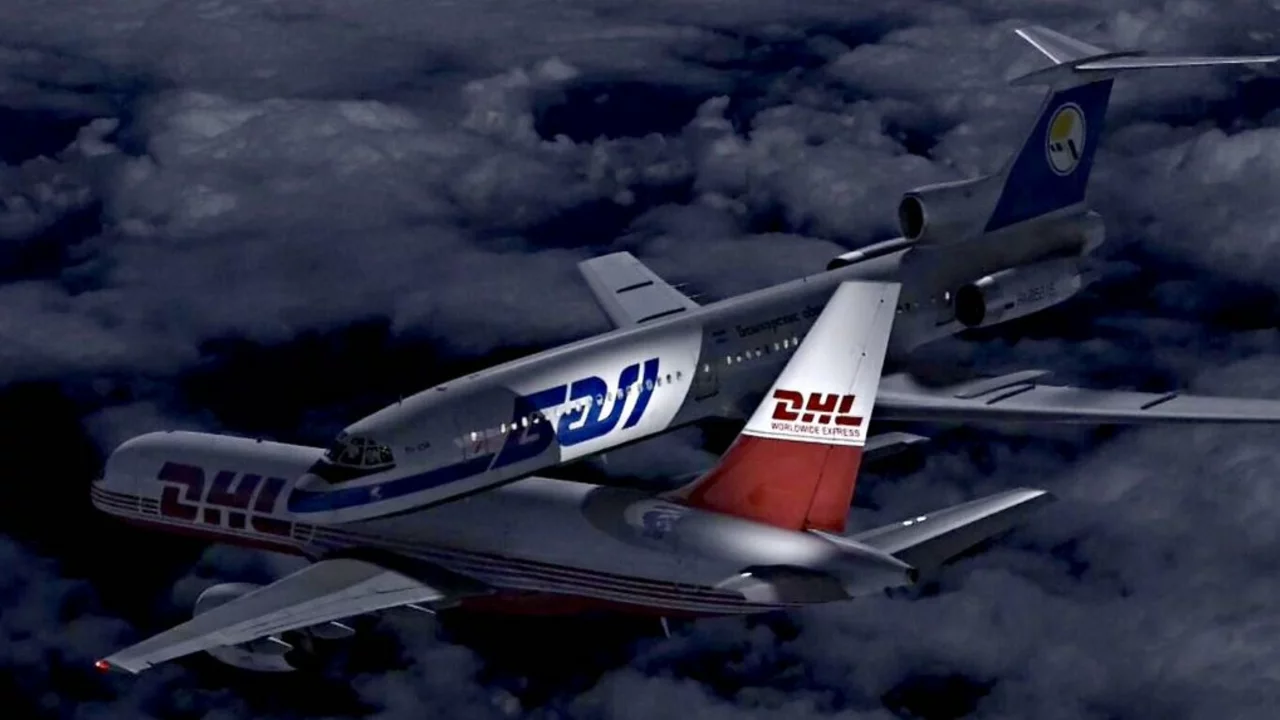Mid-air plane collision: what it means and why it happens
Hearing "mid-air plane collision" is scary. These events are rare, but when they happen they cause major loss and big changes in aviation rules. This page breaks down what a mid-air collision is, the common causes, how modern systems prevent them, and what passengers should do if they ever face an in-flight emergency.
Common causes
A mid-air collision happens when two aircraft occupy the same airspace and hit each other. The usual causes are clear and avoidable in many cases:
- Air traffic control (ATC) errors: wrong altitude clearances, poor coordination during handoffs, or missed conflict alerts can lead to unsafe separation.
- Pilot mistakes: misreading instruments, wrong altitude capture, or deviating from cleared routes without telling ATC are common human errors.
- Communication problems: incomplete or misunderstood radio readbacks create confusion about who is where and at what altitude.
- Equipment gaps: aircraft without collision-avoidance tech or with faulty transponders are harder to track on radar and by other aircraft.
How modern tech helps prevent collisions
Technology cut the risk a lot. Two systems to know:
- TCAS (Traffic Collision Avoidance System): TCAS listens for transponder signals from nearby planes and warns pilots. If a conflict is detected, TCAS gives a Resolution Advisory (RA) that tells one plane to climb and the other to descend. Pilots follow RAs immediately, even if ATC gives different instructions.
- ADS-B (Automatic Dependent Surveillance–Broadcast): ADS-B broadcasts an aircraft’s precise GPS position to ground stations and other planes. It improves situational awareness, especially where radar coverage is weak.
Other safety measures include strict altitude separation rules, mandatory readback protocols, improved radar and satellite surveillance, and routine simulator training that includes mid-air conflict scenarios.
Human factors are addressed through better crew resource management (CRM), fatigue rules, and clearer standard operating procedures. Many countries also require secondary checks and cross-verifications on certain flight paths to reduce single-point failures.
When collisions do happen, aviation investigators from agencies such as the DGCA in India, NTSB in the US, or AAIB in the UK dig into flight data recorders, radar logs, voice recordings, and crew actions. Their reports usually lead to specific fixes: new procedures, equipment mandates, or changes in ATC practices.
What should passengers know? First, mid-air collisions are extremely rare on commercial routes thanks to the systems above. If an in-flight emergency happens, follow crew instructions, keep your seatbelt fastened when seated, and stay calm. The cabin crew is trained for many types of emergencies and will guide evacuations if needed.
Want to keep following this topic? Watch for official investigation updates and safety recommendations from aviation authorities. Those updates show how individual incidents lead to concrete safety gains for all of us in the sky.

Has there ever been a mid-air plane collision?
Oh boy, fasten your seatbelts folks, because we're about to take a turbulent trip through aviation history. Believe it or not, mid-air plane collisions have happened before, and I'm not just talking about in Hollywood blockbusters. In fact, one of the most infamous cases was the 2002 Überlingen mid-air collision, a truly shocking event that taught the world a lot about the importance of air traffic control. It's a bit of a bumpy ride to think about, but hey, even a tiny bit of turbulence can make for an interesting flight, right? So, next time you're cruising at 30,000 feet, remember to appreciate those air traffic controllers on the ground, they're the unsung heroes making sure your flight doesn't turn into an unplanned airshow!